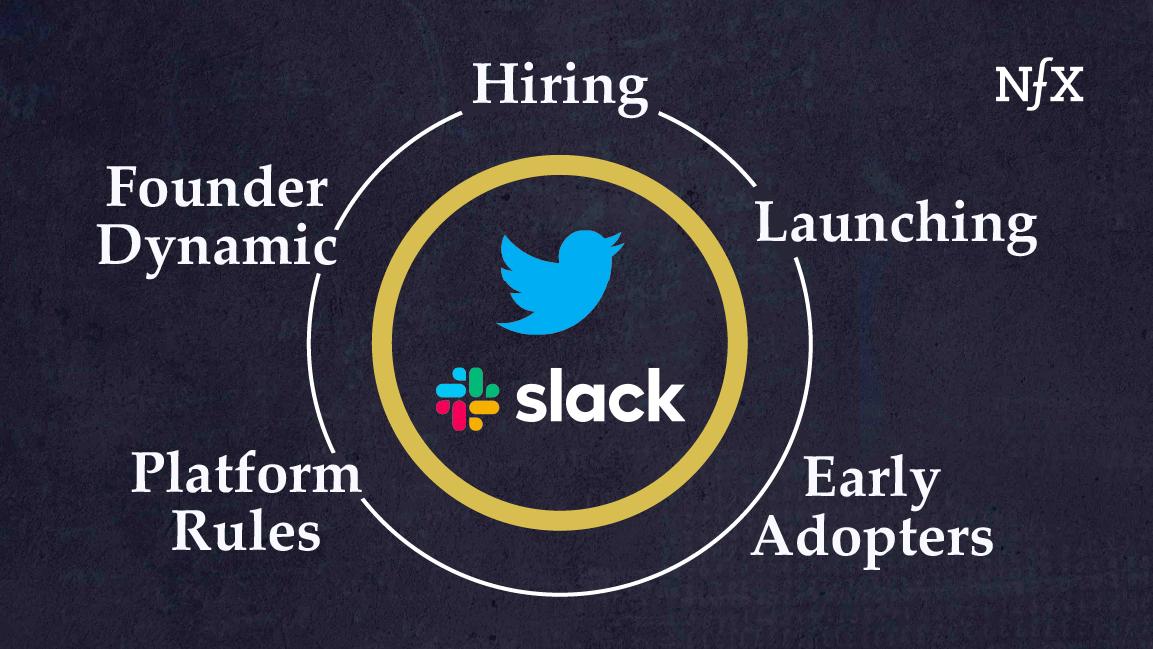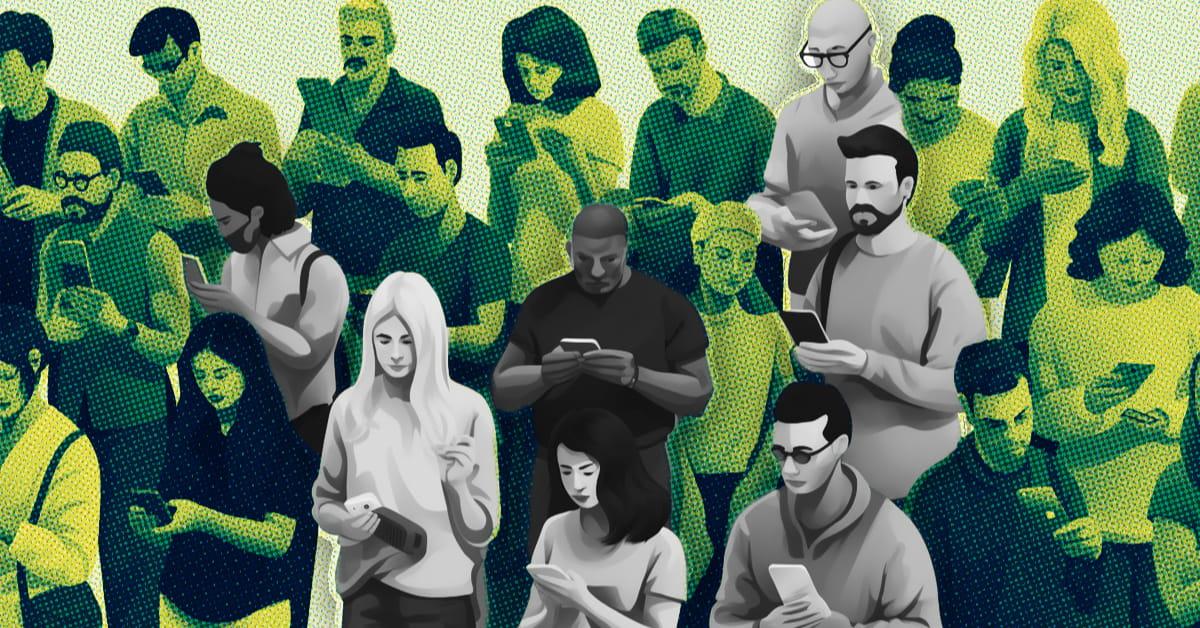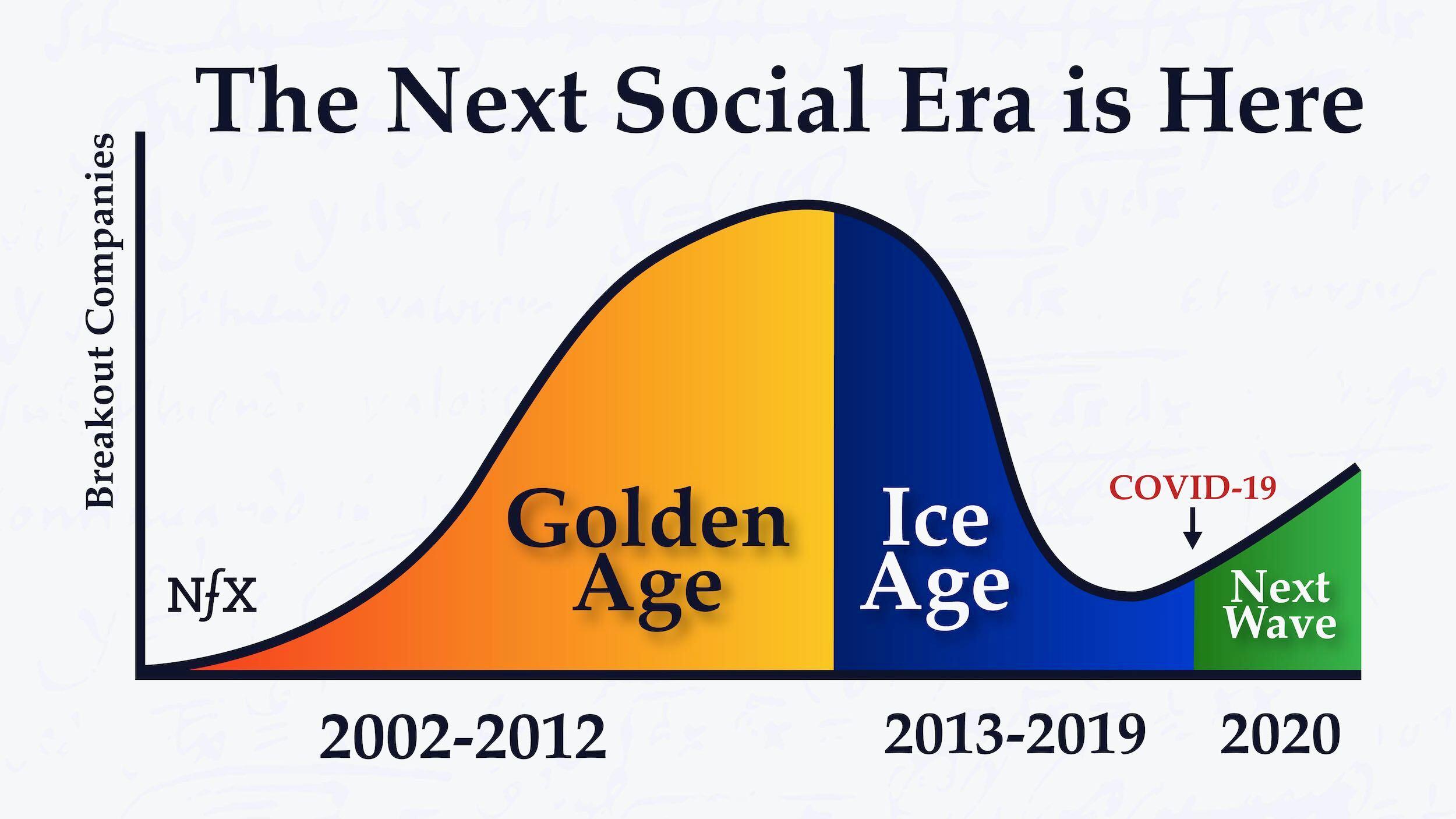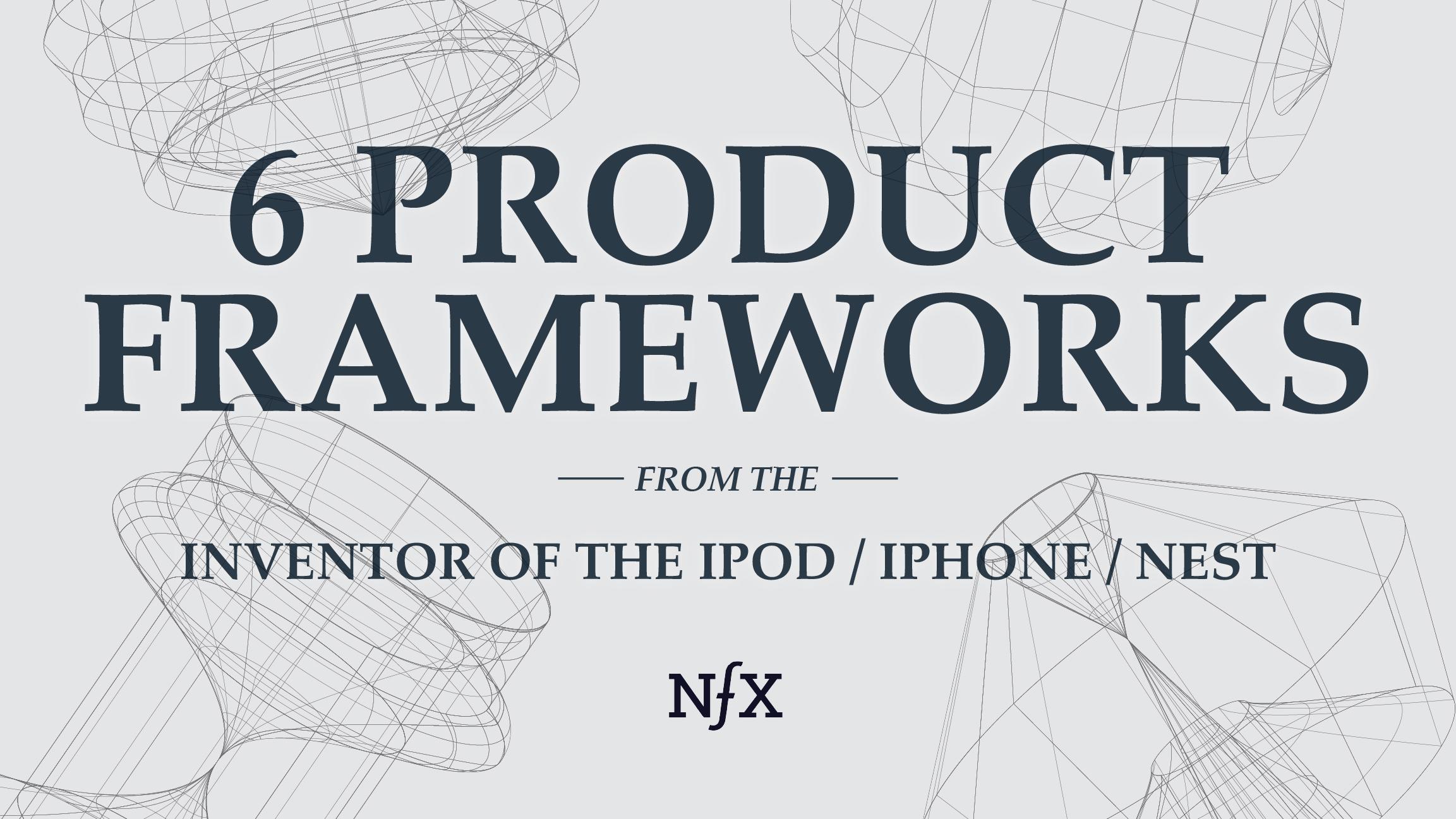

It’s not often you get to see through the eyes of someone who created a product that you and hundreds of millions of other people use, hundreds of times a day, every single day, and have for a decade or more.
Tony Fadell is the legendary inventor of the iPod, co-inventor with Steve Jobs of the iPhone, and Founder of Nest. Now he is the Principal at Future Shape, an investment and advisory firm coaching over 200+ startups.
There’s almost an infinity of things to learn from Tony, but what we most wanted to uncover are his product frameworks and first principles for design.
How can Founders think about designing products that are both high-utility and beloved — that achieve dent-in-the-universe levels of adoption?
As Tony puts it: For truly great designs, 50% of the design is the design. 50% of the design is the story behind the design.
And it all begins with re-learning how to see.
The below insights are highlights from my conversation with Tony on the NFX podcast.
1. “What do you see?”
It is in our human nature to stop seeing what’s right in front of us.
I remember very, very clearly when our first son was born. It was right before the first iPhone shipped. When he crawled on the floor, you could see this baby looking at every single detail in the carpet, touching everything, picking it up and trying to put stuff in his mouth. “What is this stitching on the couch? What’s behind the TV? What are all these wires and stuff?” You could see it in his eyes; he would be focused and working it out, looking at it for minutes on end. He was interested in every little thing that was around him. Because he had never seen them before.
For us, we don’t even see that stuff anymore.
If we’ve seen things over and over enough times, we start to habituate and filter them out. It’s not just in our eyes, but also in our hearing. We’re really good at getting rid of noise in the background. If we were on a noisy street and talking to each other right now, our brains would suppress that noise as much as possible, so that we can get through to the signal that’s new and different.
We have a hysteresis mechanism in our senses to allow us to filter stuff and only see the new.
So as product designers, as entrepreneurs and founders, it’s our job to strip away that filter.
The first step is to understand the filter is there and be conscious of stripping it away every day — and teaching our teams to do the same thing. You need to be able to see from a new and virginal state. Because that’s exactly what new users and new customers do. They’re looking from untrained eyes. They’re seeing your product for the first time.
Naivete is an asset.
That’s why entrepreneurs can come in and disrupt a huge business full of incumbents with billions of dollars in market value. Look at Kodak. Kodak knew of the digital camera in the ’70s. But they wouldn’t acknowledge it and they wouldn’t touch it, because of all these other systems built up around it.
Entrepreneurs, if you can tap into the newness and see, you can unseat large incumbents. That’s been the great thing about what I’ve been able to do over my career with the teams that we built and the products we built — we’ve unseated the giants.
2 Methods For Learning How To See
- Ask your team: “Hey, look, really look, what do you see?” That question: “What do you see?” is so powerful. You can also say to your team: “Go home for the next 24 hours and write down all the things that you’ve habituated away.” Everyone comes back and is shocked by how long their lists are. They start to see differently and start to look at things differently.
- Another way to teach this kind of seeing is to put yourself in a customer’s shoes. I work with my teams to come up with different customer personas. Think about that person. What do they do every day? This is not just on paper. We actually go and live a day like that person.
I didn’t really realize how powerful this was until I had my first kid – and saw how different the world is then. All the people with kids do day-to-day things very differently than the people without kids or kids who left home or older kids. It’s like this whole other world.
And you have to go and live in it in order to really see it. When you do, you go: “Oh my God, I didn’t know that this existed, or that all these different products and services existed.” Because you were never driven to look for it.
Putting yourself in that position of somebody that you’ve never been is incredibly powerful for learning to see differently.
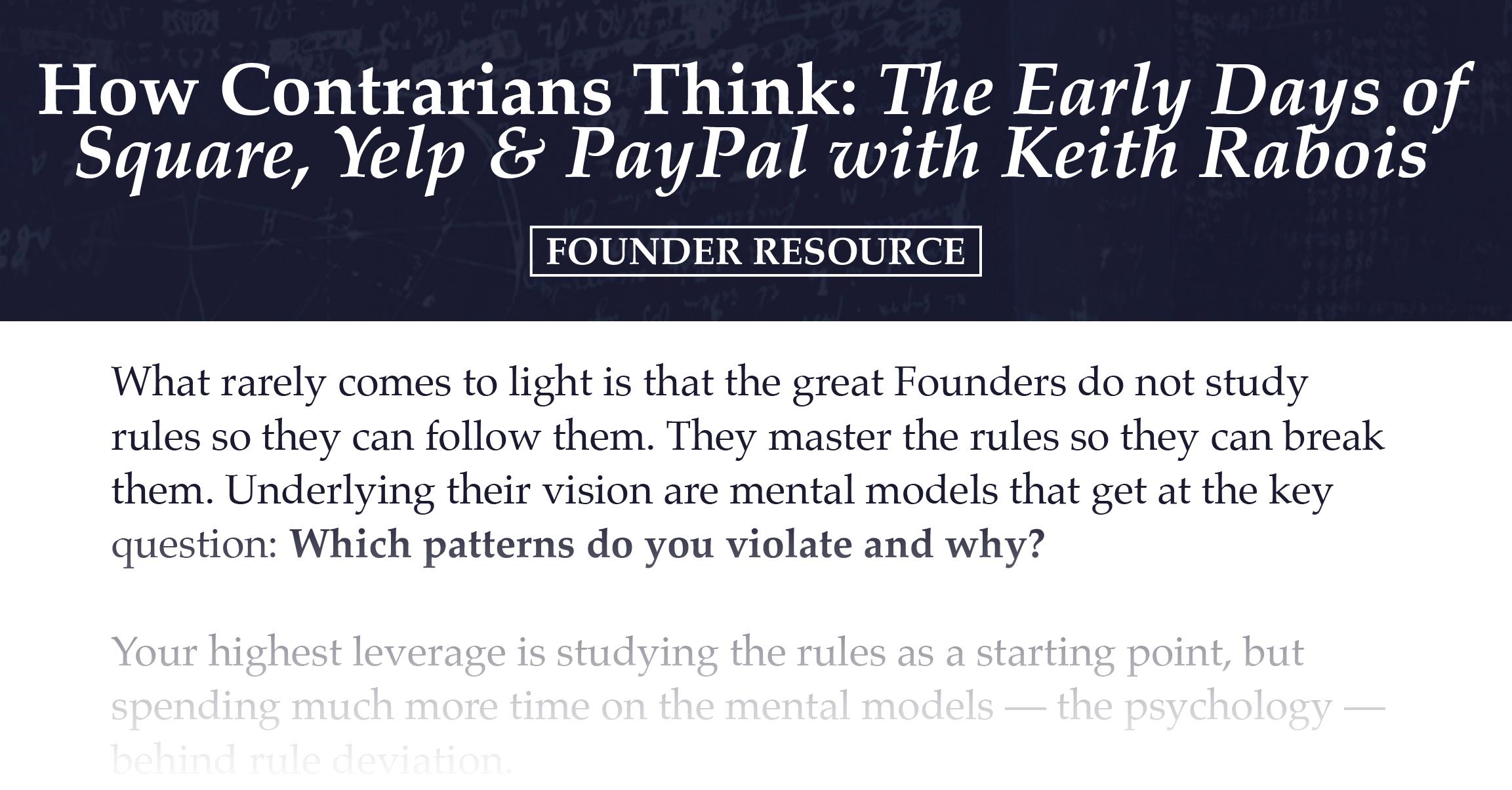

2. “For truly great designs, 50% of the design is the design. 50% of the design is the story behind the design.”
“The biggest thing I learned from Steve Jobs was storytelling, storytelling, storytelling” — Tony Fadell on The Tim Ferriss Show.
First and foremost, when we’re telling stories, they have to be true. Too many startups want to believe their own BS. They start telling stories that aren’t true. You have to first have a true story. Even better, underpromise in the story and overdeliver in the experience.
1. Give your customer a new superpower
Really understand your customer and speak their language. What is their pain? Understand their pain. Remind them of their pain. And then show them the way forward that takes away the pain — and gives them a superpower they’ve never had before.
The superpower that is so magical that they want to show all their friends: “Look at this. Check this out. Look what I’m doing.” They feel like a different person because of it.
2. Good stories are 50% emotional, 50% rational
I always say that all good stories are 50% emotional and 50% rational. You can be rational all day long: “This will save you money. Here are the features.” But you also need to make people feel: “Oh, this is important. It’s important in my life.”
3. What’s in one person’s heart could be in another person’s head
You have to also remember that what is in somebody’s heart, could be in another person’s head. Look at a husband and wife. It’s like the stereotype, where the man goes: “Look at these cool features” and the wife’s like, “I don’t care. It looks like crap. I don’t want that in my house.” Whether it’s a B2C or B2B thing, you always have multiple parties making decisions. You have to remember that not everybody around the table is going to think the same way. What’s rational to one person is emotional to the other.
4. Can you convince the 5 people you want to hire?
When you’re starting something new, I always say you should already know who the 5 people are that you want to hire. You should be able to talk to them and convince them. If you can’t, it’s an issue.
You might be doing something interesting but you’re just not telling your story well enough for that other peer person to hear. It might not be the fault of what you’re doing, it’s what you’re saying and how you’re framing it that’s not hitting. That tells you, you’re not using language that various people can hear. You’re probably just using technical language. You need the other half.
5. In product design, most things are opinion-based.
Product design within your team is not consensus-driven. It’s not fully based on data-driven decisions. These are opinion decisions. So you have to have a very clear point of view.
If you are the person who is the holder of that opinion-based decision, you need to be able to clearly state that point of view — and have a story to back it up. You need to let everybody know: This is the reason why we’re going where we’re going. Even if you don’t have data on it, you need to know your story. And you need to be able to tell that story over and over, a clear story, to your team, to people at the dinner party, or whatever. Take that story to many of the target customers and make sure it compels them.
Most people think marketing is at the end and the story is at the end. But for truly great designs, 50% of the design is the design. 50% of the design is the story behind the design.
3. Create your constraints
Always constraints. Always constraints. If you look at what happened at General Magic, we failed because of lack of constraints. You have to intentionally put constraints on.
That was where I learned that you have to create a schedule that’s realistic and time-bound, within hopefully one year or two years. Not much longer than that, because people lose interest and the teams change and the environment changes.
You also need to put on money constraints. You need to put on team size constraints. And know where you are specifically going to innovate.
So what I always do, and I know Bezos also does it too, is this: Create your press release before you start the project. If you look at any press release or any kind of marketing launch, you usually only get three or four things you can talk about in that release. That’s a great constraint.
What are those top three items you’re going to tell people about? What are the messages? Who’s the customer? Who’s the audience? What’s the price? What market are you going to? All of those things. Just writing up one page for a press release is an incredible constraint.
You’ve got to be in this really narrow window where it’s going to force you to become creative. People with too much money on any project, whether it’s a big company, small company, are at the beginning of the end.
4. Find Your Product Development Heartbeat
Every company has a different heartbeat and finding it depends on what you’re building. There are internal and external heartbeats. Some product teams are like, “Okay, Agile, Scrum, two weeks, four weeks, six weeks sprints.” Great, but you can’t do that in hardware. You can’t do that with drug design. You can’t do it with lots of things. For certain types of products you can have that as an internal heartbeat. But other things you can’t. How to find your product development heartbeat?
You have to put your constraints on again, whether it’s a weekly or a monthly process, whatever, it needs to happen. When you don’t have a cadence, your product process ebbs and flows and then there’s no rhyme or reason to it.
It’s a problem if your people can’t set their own internal schedules to it. That when you all feel like you are time zone zombies. You know that feeling when you travel around the world in different time zones, you’re like, “What time is it now? Am I sleeping? Am I not? What am I doing?”
Well, if you don’t set that heartbeat and get it nice and regular and predictable for people inside your team, and maybe even for your partners and investors and everything else, then your execution becomes really wonky, really fast. You need to set your cadence, your heartbeat, and communicate it. You can change it obviously, but it shouldn’t change too often.
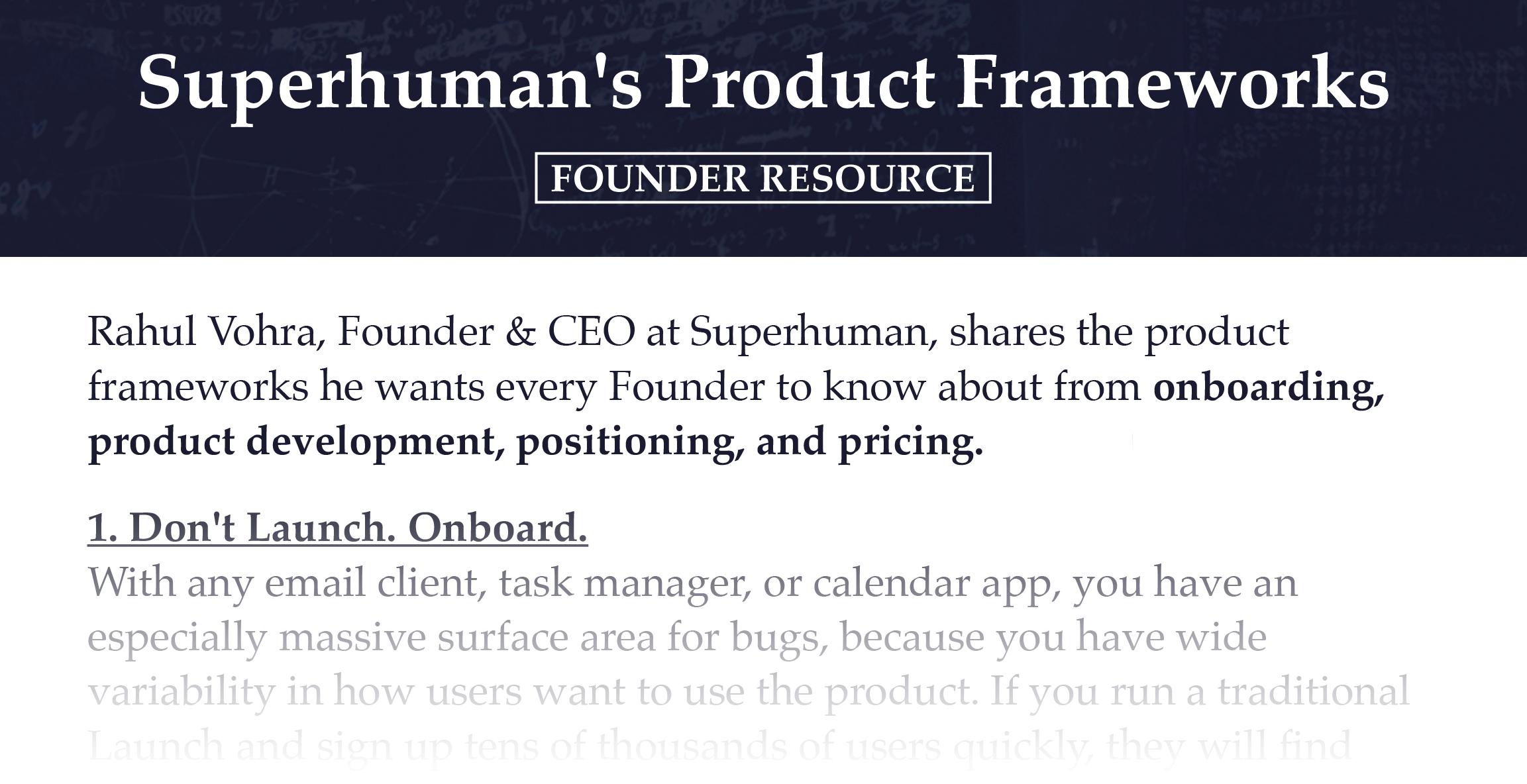

5. What A World-Changing Founder Looks Like
I love when you have a great discussion with a Founder and you can have an aha moment with them and go, “Hey, did you look at it this way?” And they go: “Whoa.” When you can give them a different perspective and they go, “Oh my God, something just all came together” and then they start building on top of it immediately, that’s when you know they get it.
It’s absolutely incredible to be part of a conversation like that. Because then you start asking second, third, and fourth order questions. And then you start to see how much the Founders have thought about it. Then you start learning more, and they start teaching you. Inside my head I am going: “Oh my God, this person is amazing. I’m going to dig deeper.”
Then we both go, “Well, what about this? What about that?” And the Founder is not afraid to answer all these questions. They want to go deeper and they want to go further. That’s when you know: “We’ve got somebody special here.”
By contrast, when I get these Founders who go, “Oh God, another inquisition? Leave me alone.” That’s when I think: “No, no, no, no. You’re not curious enough. You’re not really trying to solve the problem. You’re just trying to get money. Get out of here.”
6. Be A Troublemaker
Founders are Troublemakers. If you’re going out there as a startup, you’re fundamentally saying: “I’m going to fix X. And I most likely am going to make trouble for incumbents or other people who are there.” You need that kind of thing in you, like, “God dang it. I’m so sick and tired of this problem. I’ve got to fix this problem.”
You don’t want to make real trouble like what the early MP3 guys did, like mp3.com and Napster and everything else, which is to be so troublemaking that you’re destructive and you’re hurting yourself in the process.
You need to be a smart troublemaker. A clever one. You can’t be deceiving or any of the other stuff. You want people to think, “Man, they’re smart.” You don’t want them to get mad at you for what you’ve created. You want them to get pissed at themselves for not thinking of it.
Troublemakers see things differently. The whole thing is about knocking people off their foundation. Knocking companies off their foundation, knocking individuals off their foundation and saying, in a nice way, “Wake up. Look at what’s going on. This is the habituation. Look at all this habituation that’s going on around you. We have been going down this road for too long. We need to change it. We’re going to go in a different direction.”
Troublemakers or change makers are the people who do that. You are insistent. You’re going to say things some people don’t want to hear and you’re going to remind them of pain and of something they have stopped seeing. They think they live in this perfect bubble and you’re going to go, “No, you don’t. Let me show you why. Not that you’re wrong, but there’s a better way. You were sold a bill of goods by X, Y, and Z. That’s the wrong thing. Let me show you the right thing.” This is so hard. It’s uncomfortable. People don’t like change.
There are different styles of “troublemaking” like this. But at the end of the day, it emanates from confidence in telling people that there is a better way — and that you’re going to go do something that a lot of people will say is crazy. You’re going to cut against the grain.
That attitude is a feedback loop. You can fail and you can learn from it. It’s do, fail, learn. Not learn, do, then fail.
Everything in school is about learn and test, and hopefully you don’t fail. But everything in life is all about failing first, then learning.
As Founders ourselves, we respect your time. That’s why we built BriefLink, a new software tool that minimizes the upfront time of getting the VC meeting. Simply tell us about your company in 9 easy questions, and you’ll hear from us if it’s a fit.

